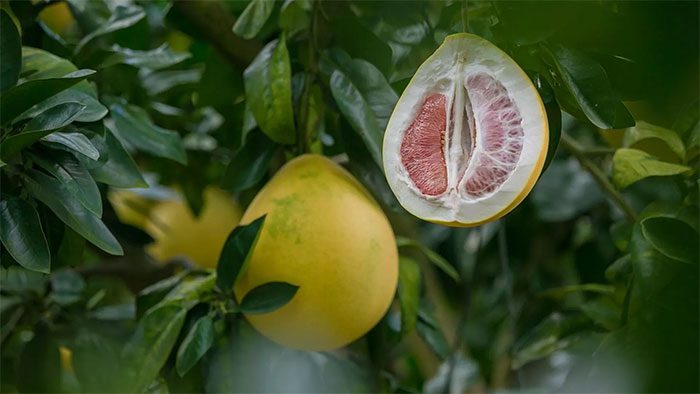The technology for producing refractory ceramics from Titanium carbide (TiC) utilizes high-temperature decomposition of food industry waste, representing a significant development by experts from Tomsk Polytechnic University.
According to their statements, the samples obtained are capable of effectively absorbing carbon dioxide from the atmosphere and could become a key component in carbon reduction strategies. The findings have been published in the New Journal of Chemistry.
As noted by the specialists at Tomsk Polytechnic University, countries and companies today are striving to achieve zero waste production or develop waste management strategies that maximize benefits for other industrial applications.
From the perspective of the chemists, the biggest concern is plant waste – seeds, peels, leaves, and other inedible plant fragments, from which pure carbon can be obtained in various structures, to be used in the synthesis of diverse compounds later utilized in electronics, medicine, and aircraft manufacturing.

A new method to extract Titanium carbide using bio-carbon from grapefruit peels.
Experts indicate that carbon compounds with certain metals can lead to the creation of materials with enhanced mechanical, electrical, and physical properties suitable for use in harsh conditions – such as in vacuum environments or chemically corrosive settings.
One such material is Titanium carbide (TiC). Besides its specialized applications in unusual conditions, it is used, for example, in batteries, accumulators, as a catalyst in palladium production, and simple organic compounds, as well as in effective filters for capturing carbon dioxide from the air.
Scientists at Tomsk Polytechnic University have proposed a unique new method for extracting Titanium carbide using bio-carbon from grapefruit peels.
“Each plant species has its own structure, which is reflected in the form of carbon it produces. We researched the carbon obtained and found that among all the plant waste we used, the carbon from grapefruit peels exhibited excellent properties for producing refractory ceramics,” stated Associate Professor Kirill Larionov from the I. N. Butkov Scientific and Educational Center at Tomsk Polytechnic University.
The synthesis of Titanium carbide is carried out from titanium powder and carbon derived from grapefruit peels without the use of vacuum, significantly reducing energy costs and production time. The properties of the new product in some cases exceed those of Titanium carbide powder obtained using carbon black, explained Arina Svinukhova, one of the project authors and an engineer at the Laboratory of Advanced Materials in the energy sector. “Its main advantage is low cost and a larger specific surface area, meaning it reacts better with metals,” she added.
According to Alexandr Pak, the head of the strategic project “Energy of the Future” at Tomsk Polytechnic University, this research aligns with the global agenda for the fourth energy transition, impacting recycling processes and the extraction of useful materials from waste. Thus, ceramics made from plant carbon not only can capture but also purify carbon dioxide.
Building on these results, Russian scientists in Tomsk plan to continue researching the synthesis of Titanium carbide using other types of bio-carbon and develop ceramics to compare their properties with similar samples.



















































